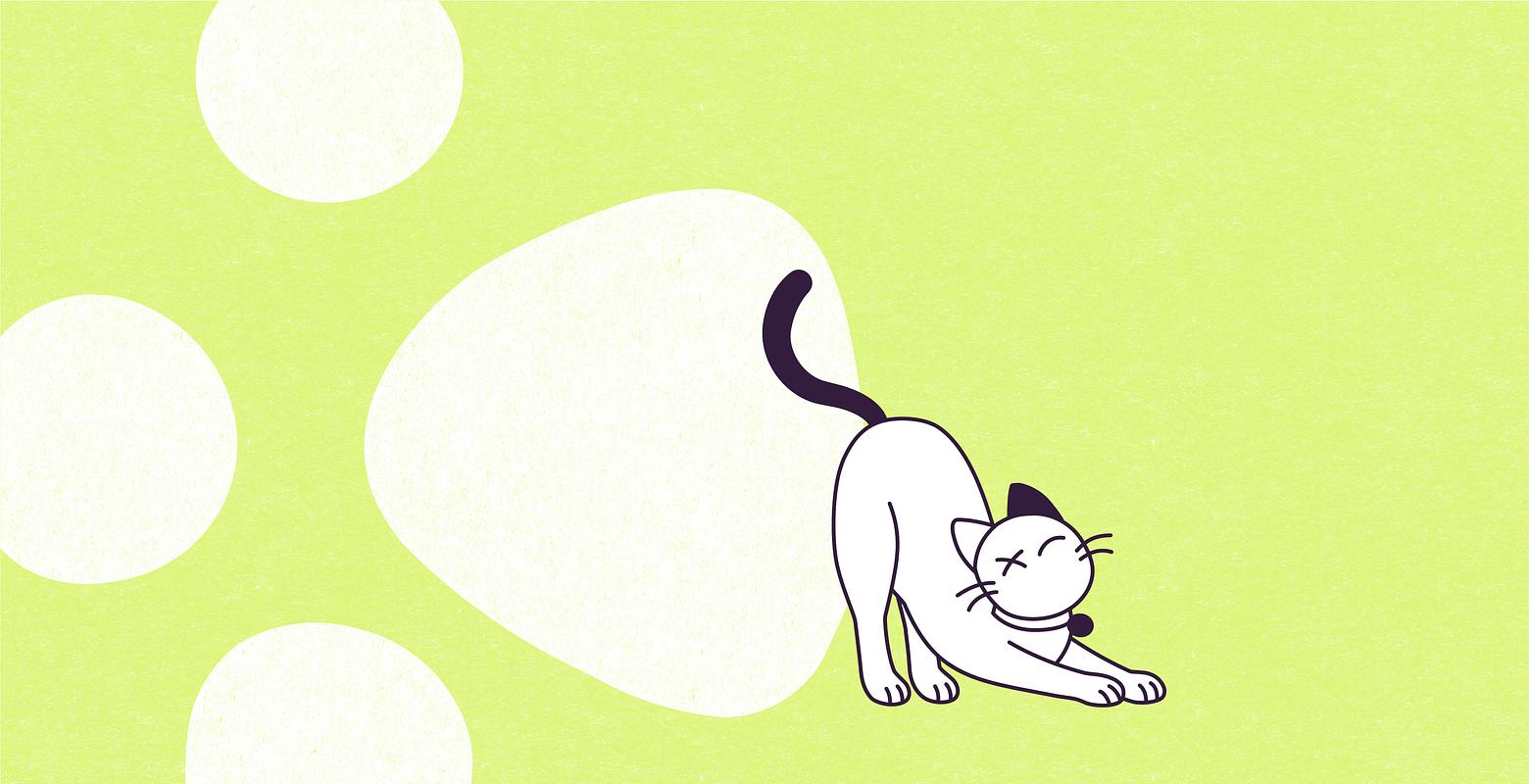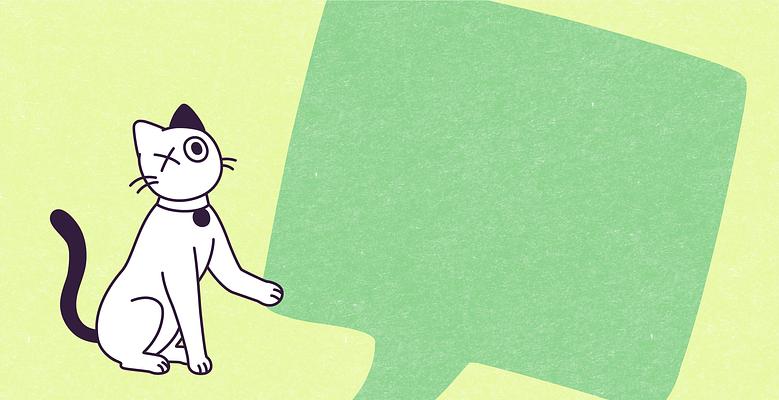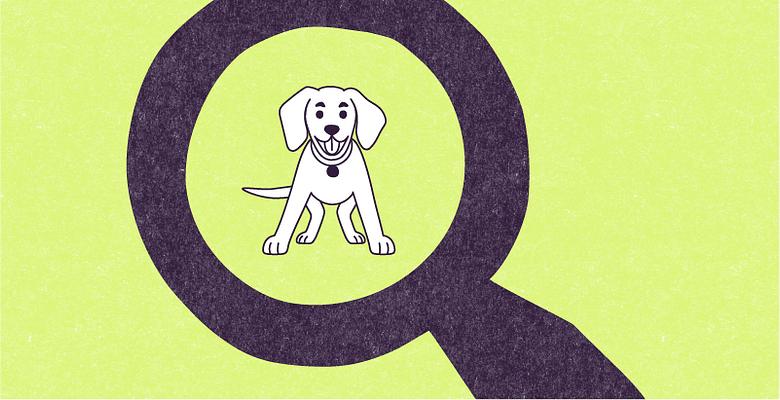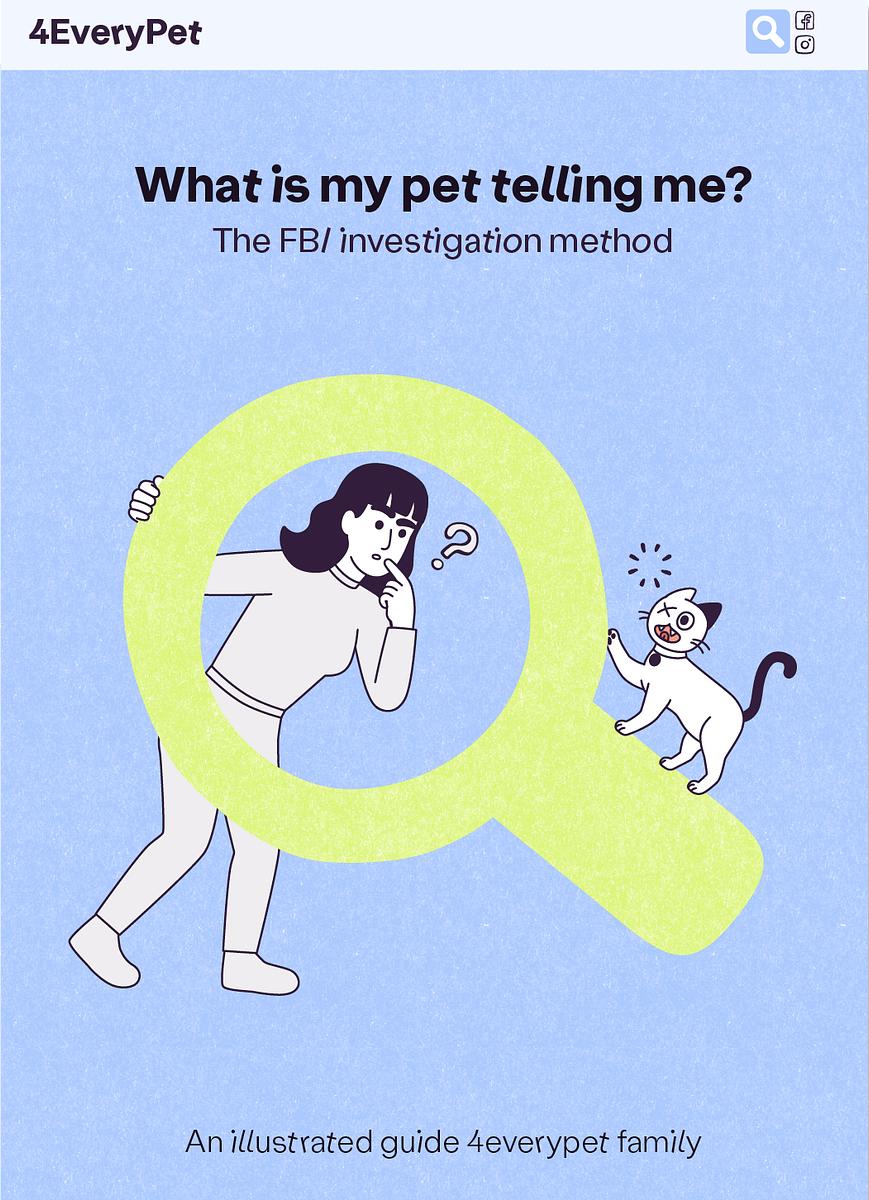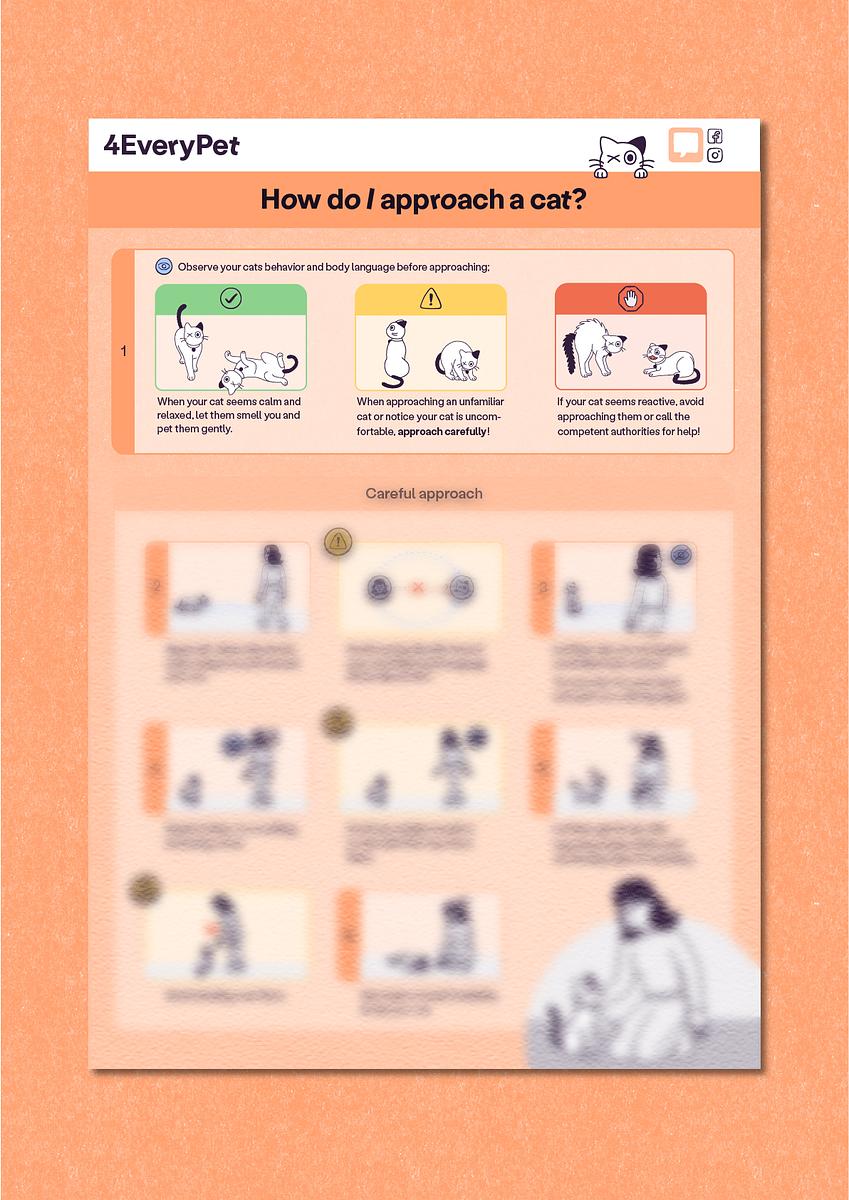Pets are part of our families, but we speak different languages. To help you, we created a pet language investigation method for you to understand your pet better.
For your investigation to create a successful translation and lead to many joyful interactions with your cat, we begin by gathering clues in your cat’s body language.
To dig deeper into the complete process of this investigation, check out our previous blog post on how to investigate pet body language.
Let's begin!
Look for the clues
Every clue is crucial and meaningful in studying the message your pet is sending you.
Cat body posture dictionary
Learning about cat body postures and movements
A cat's body posture and movements adapt to your cat's perception of the environment. If they feel safe, their body is relaxed, but if they don't feel safe, they may try to look smaller or bigger.
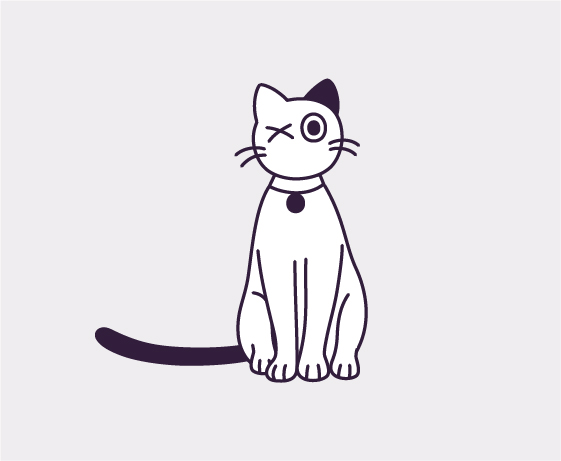
Neutral position
Your cat feels safe and relaxed.
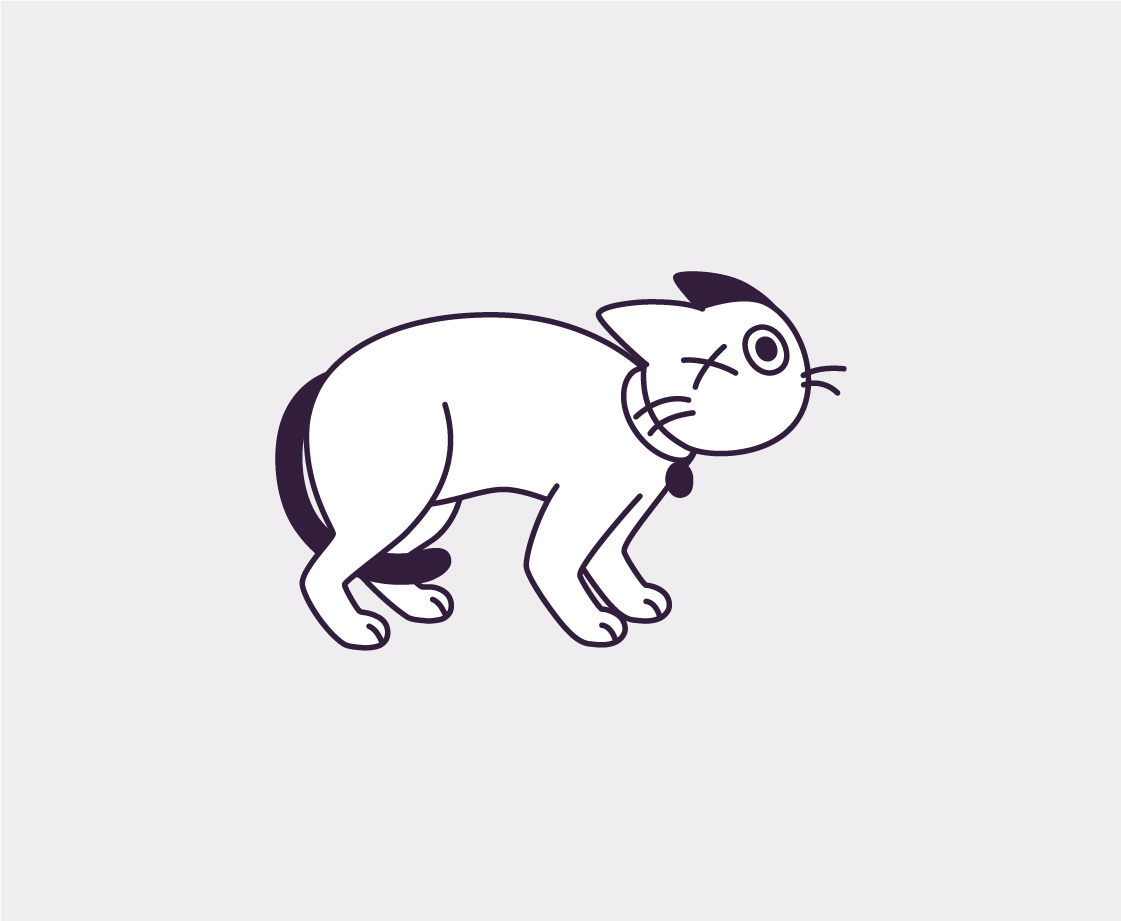
Crouched position
Your cat is trying to make themself look smaller to avoid being seen as a threat and avoid conflict. Muscles are tense. They are fearful and defensive.
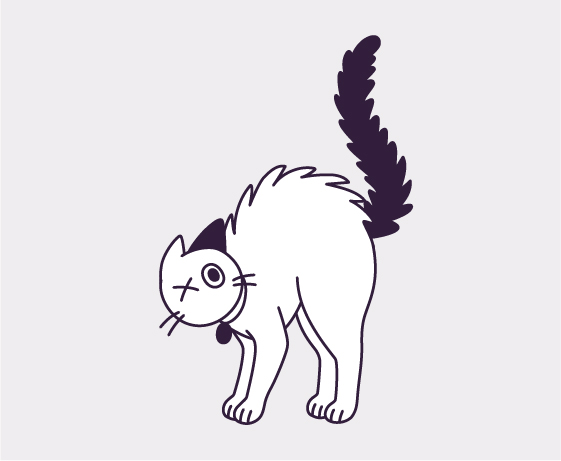
Extended position
Your cat is trying to make themself look bigger by puffing their fur. Their tail is bristled and raised, and they have extended legs and arched back. Their body is tense and held sideways. They are ready to defend themselves!
Don't miss out on the opportunity to check our previous blog post to find more clues:
Cat Tail Dictionary
Cat Vocalizations Dictionary
That’s it! Observe your cat's body language. After some time, most steps will come to you naturally. Keep an eye out for our next blog post. We´ll explore how all the clues come together to uncover your pet’s message.
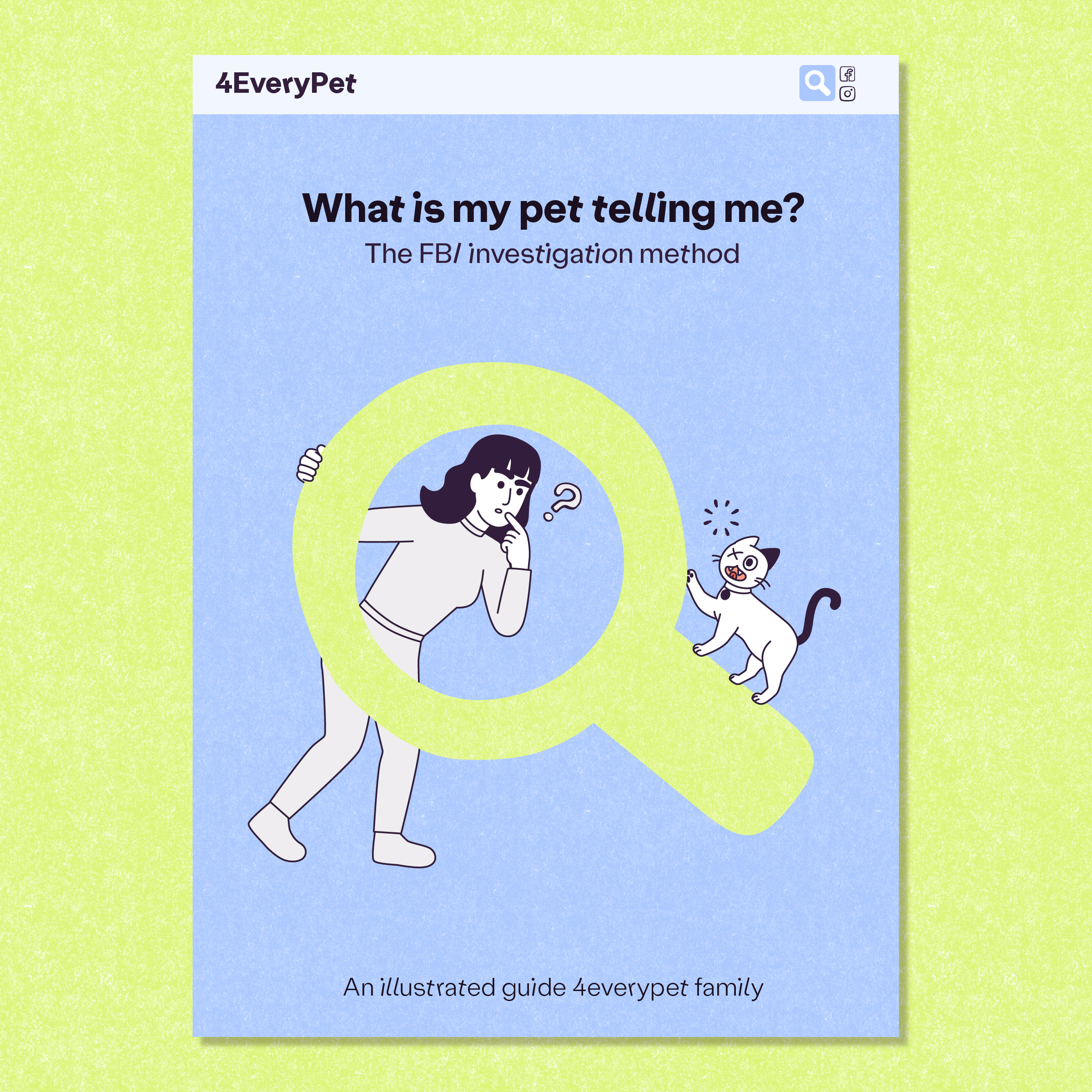
Can't wait to explore the FBI Investigation Method?
You can now access the complete Method in the ebook. Start investigating today!
Thank you for reading!
4EveryPet can only exist thanks to your support. Please share this blog post or buy us a Ko-fi to help keep our content available 4everyone!
